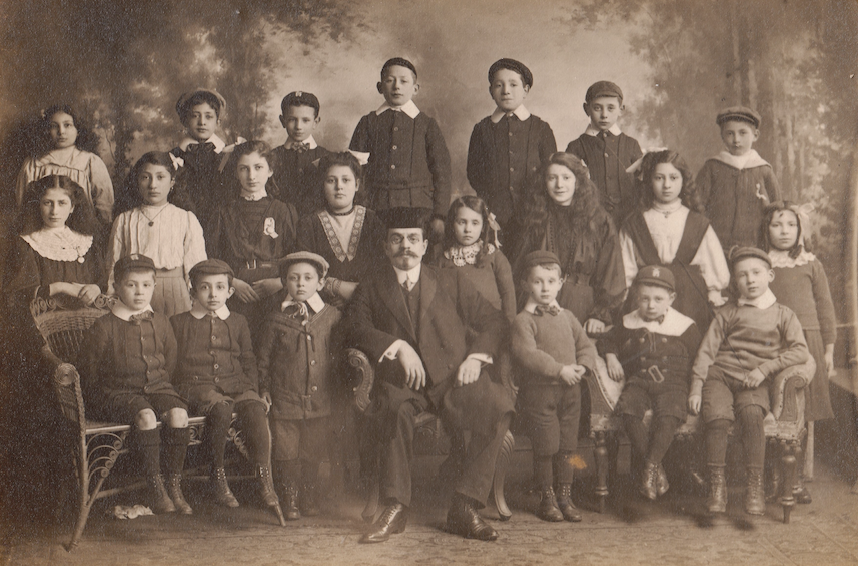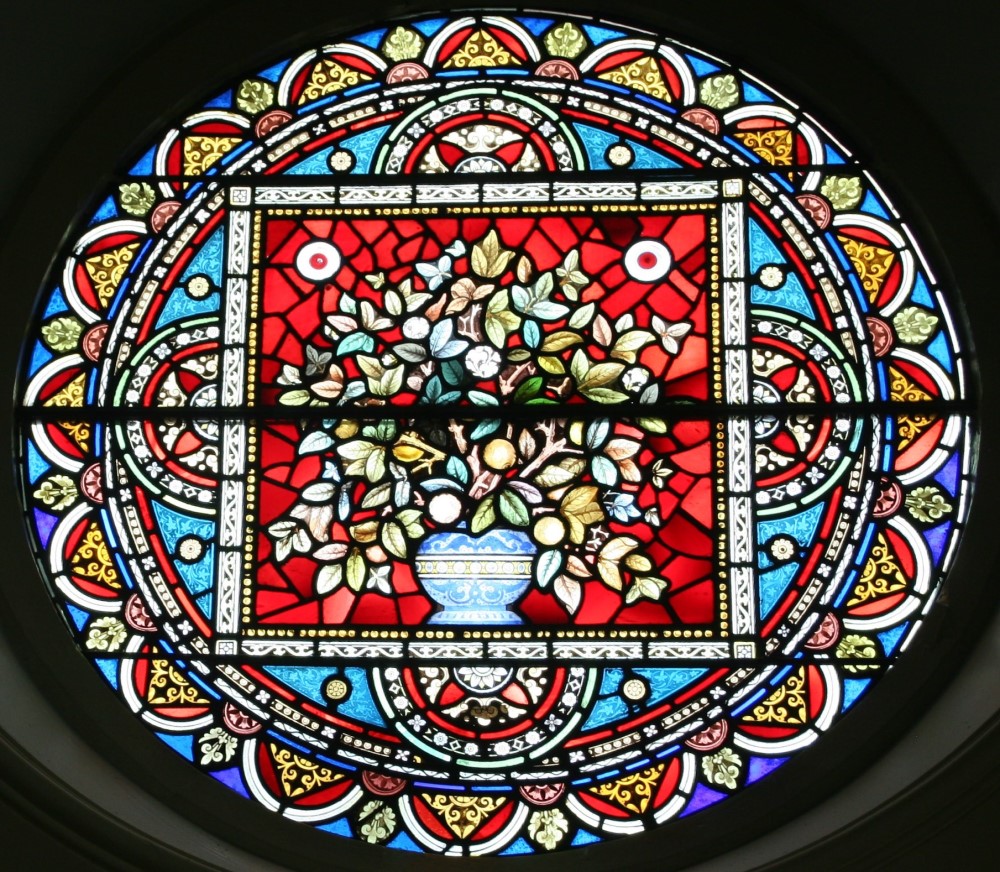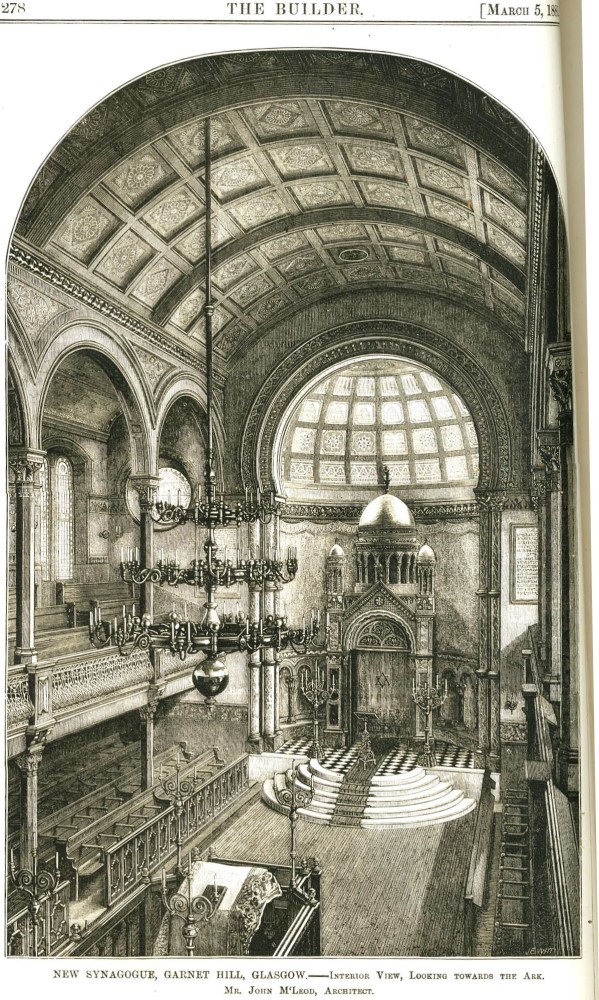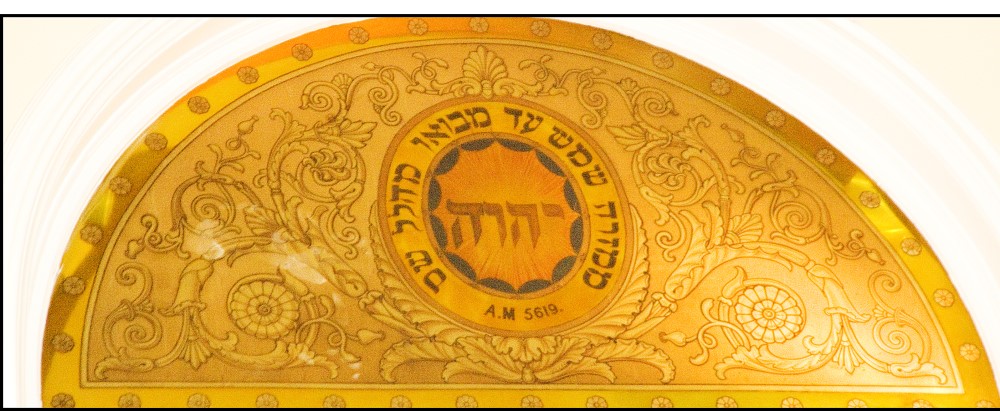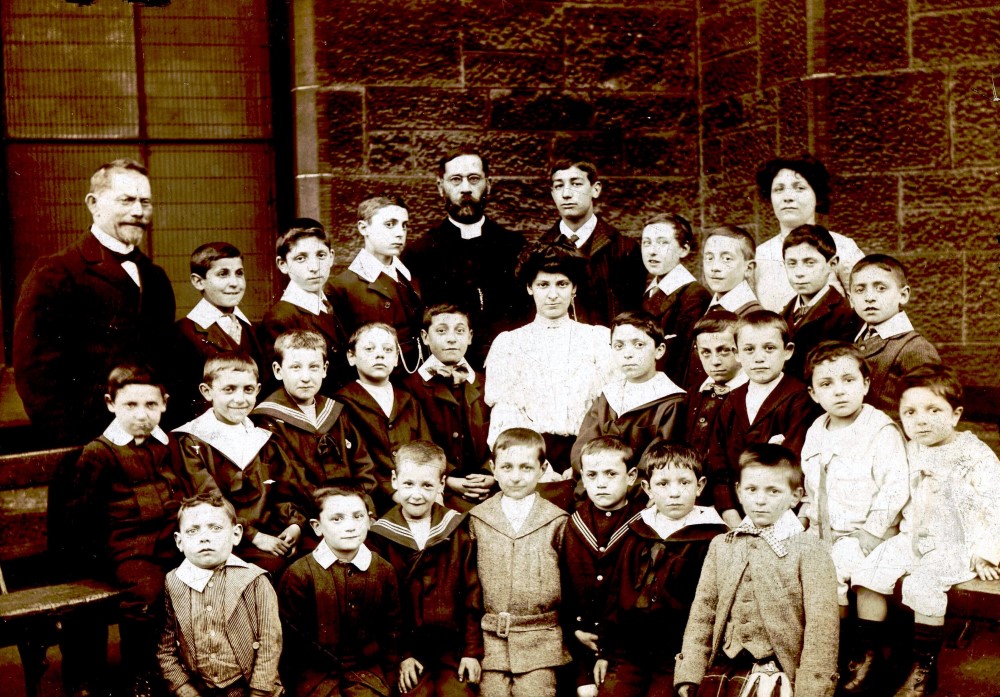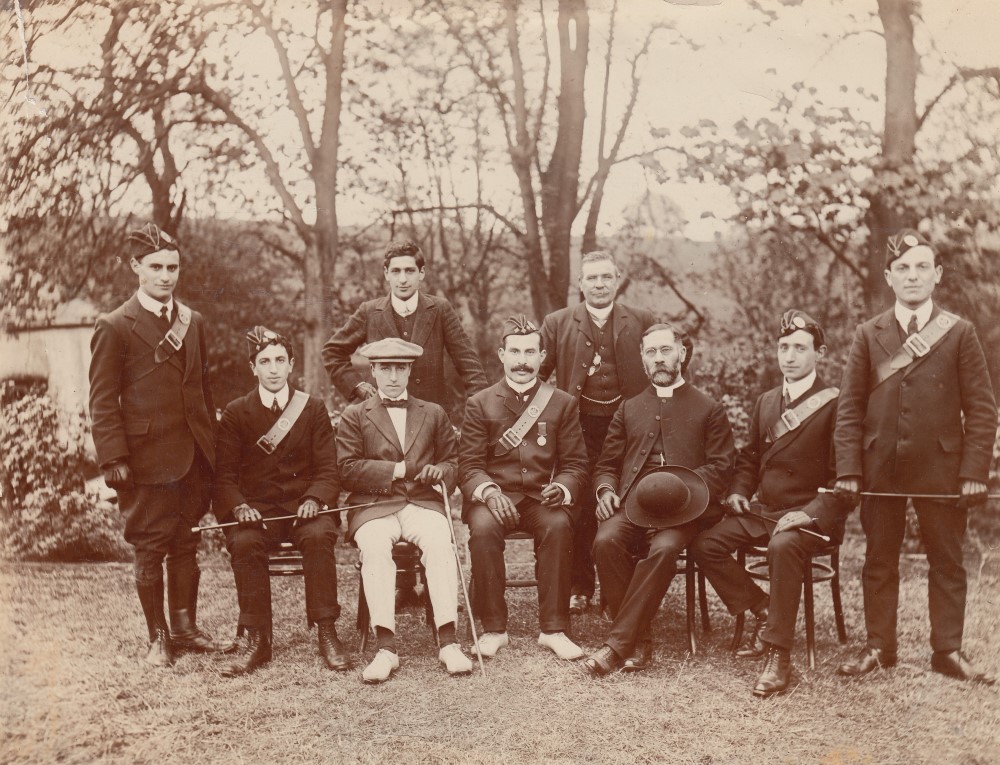Exhibitions
Hidden Histories
Hidden Histories
Exploring the Jewish communities of small towns in Scotland. Dundee, Falkirk, Inverness, Ayr, Dunfermline, and Greenock were all once homes to their own Jewish communities. This exhibition explores the immigrants who settled in this towns and the stories. Now...
A new and very handsome synagogue – Garnethill Synagogue 1879
An exhibition on Scotland’s oldest synagogue and the people who built it. Find out about some of the early congregation members, and the roots of the community organisations related to Garnethill Synagogue.
Introduction
This online exhibition explores the background to the opening of Garnethill Synagogue in 1879. Find out about some of the groups and activities connected with the synagogue and learn about some of the early members of the congregation.
Building a synagogue at Garnethill
Garnethill Synagogue was opened on 9th September 1879. In the days following, newspapers across the country reported on both the beauty of the building and the stateliness of the consecration ceremony.
Foundations
The synagogue on Hill Street was built to accommodate a congregation previously based in George Street in Glasgow. The congregation had been steadily growing throughout the 1870s.
From Cradle to Grave
In 1879 around a thousand Jewish people were living in Glasgow. Services, marriages and funerals were conducted by the synagogue’s minister, Rev. E.P. Phillips, and the reader and assistant minister, Rev. Isaac Levine.
Community
Although Garnethill Synagogue was the only synagogue in Glasgow when it opened in 1879, other congregations were soon formed in the Gorbals in the 1880s. and 1890s, as many Jewish immigrants settled in the city and the Glasgow Jewish community rapidly expanded.
